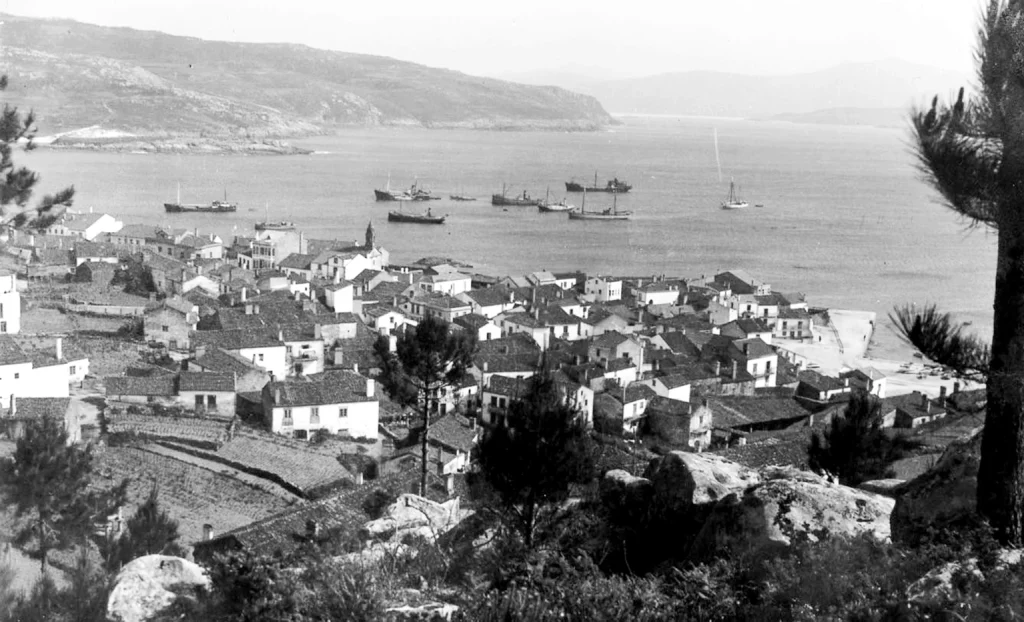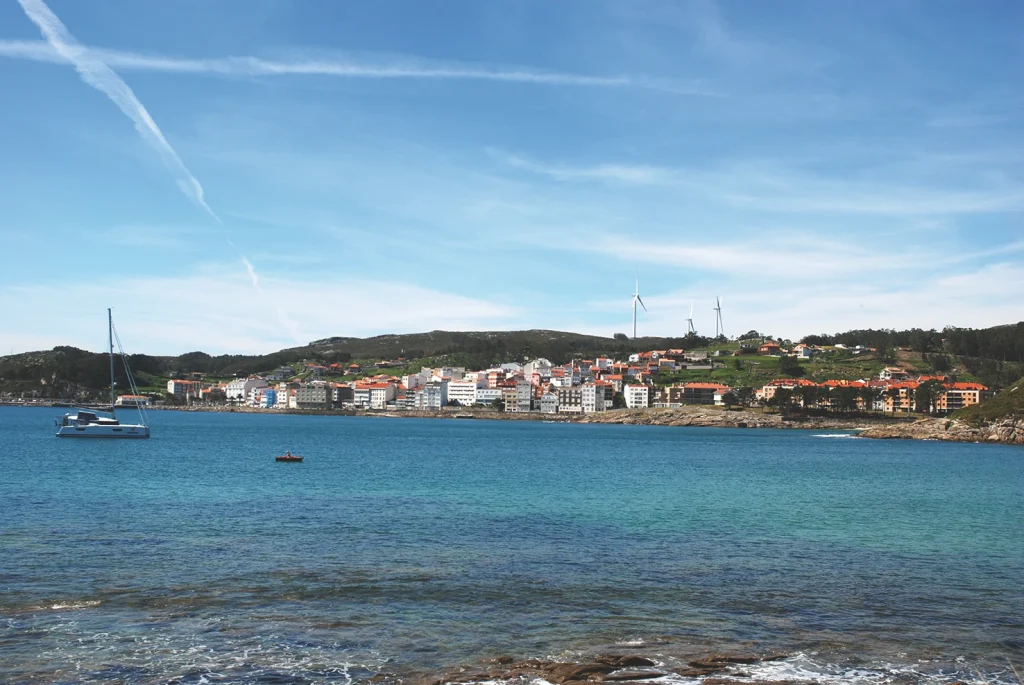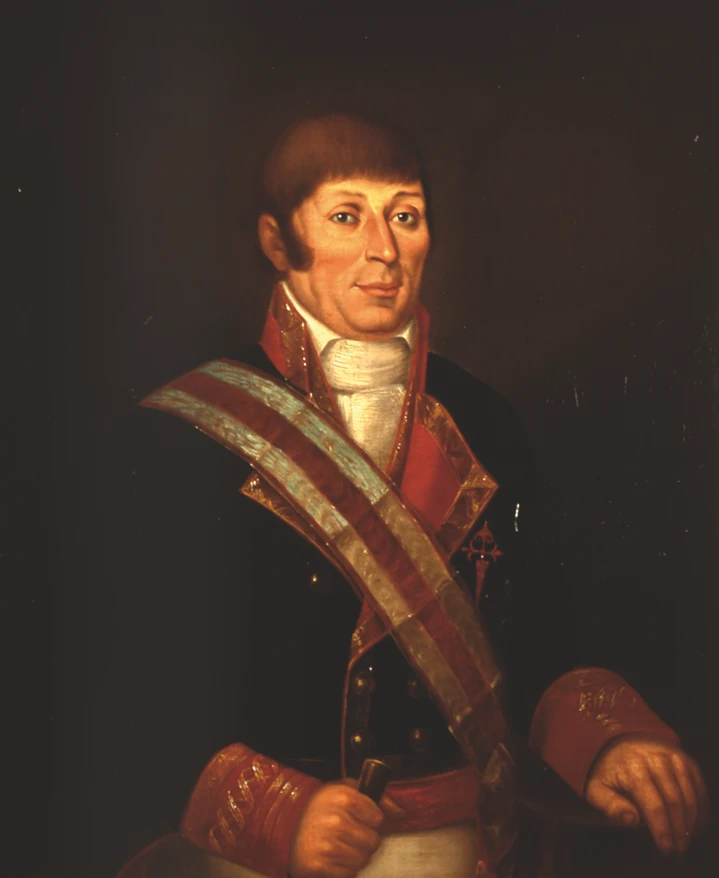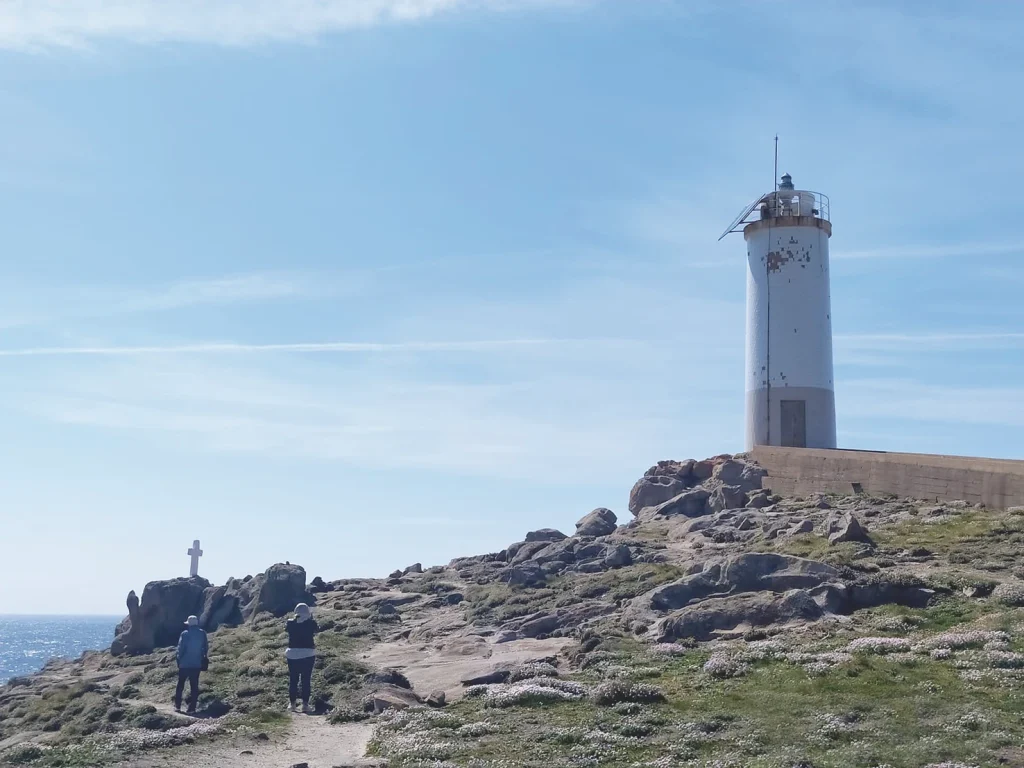
The origins of Corme go back to the times when fishermen worked from the small bay that was formed to the north of the ría. The town itself took shape from the districts that joined together around the beach that acted as a natural wharf. Corme had yet to establish itself as a town in the early 20th c..
In the late 18th c., José Cornide commented on the suitability of the port for mooring vessels, and also comments on the presence of Catalans in the region who worked in the sardine salting industry. In the early 19th c., Lucas Labrada mentioned that the two most commonly captured species in Corme were sardines and conger eels.
Fishing and trade enabled the town to grow in size and population, making it the largest in the parish. However, the parish church was in Corme Aldea, where the local parish had first been established. Finally, the ecclesiastical authorities decided to convert the chapel of the Virxe dos Remedios into a parish church and establish the new parish of Corme Puerto.
By the early 20th c., Corme had become an important commercial harbour. It had more than forty vessels dedicated to coastal shipping that travelled to ports throughout the Iberian Peninsula. Large quantities of timber were exported by sea from the local pine forests. There were six sardine salting factories and three conger drying facilities, along with the many small fishing vessels that operated in the area. Corme had become an active, seafaring and industrial town full of whitewashed houses with balconies and galleries. The vibrant town of the 1920s described by Carré Aldao has little to do with the Corme of the present day, where modern buildings have replaced the old houses and activity at the port has greatly diminished. The town now earns its living from fishing, barnacle picking and tourism. The charm of its sheltered port, its excellent beaches and beautiful coastline are incentives enough to attract large numbers of visitors. Tourists can still see the occasional traditional fishermen’s house to remind them what Corme once looked like.

A famous native of the town is the seafarer Francico Mourelle de la Rúa (1750-1820), who participated in the voyages of exploration and conquest conducted by Spain on the American Pacific coast from the Mexican base of San Blas. He participated in several expeditions in the Pacific Ocean and discovered the island of Vava’u, which belongs to the Polynesian archipelago of Tonga. He wrote a detailed diary of his first expedition along the American coast.

From Corme, head off to Punta do Roncudo, on the road that borders the coast. There are some wonderful views along the way of the ría and town of Laxe. Further away the coast of Camelle and Arou can be made out.
The road ends in a flat area next to the lighthouse. On your right, you can see the steep rugged cliffs that make up the north side of the peninsula. This stretch of coast is battered by waves and is home to the rightly famous and delicious barnacles of O Roncudo. Carré Aldao mentions that large barnacles of excellent quality grew here, reputed to be the most delicious on the entire Galician coastline. Barnacles were not very popular and used to be regarded as food for the poor. A meal of barnacles and potatoes boiled in their skins was certainly not one of the delicacies of the bourgeoisie of the time, however, it is now one of the most highly demanded dishes by visitors to the region. The high prices for this seafood can be justified by the effort and risks faced by the people who gather them from the rocks. Every percebeiro (barnacle picker) has to face hazardous, constantly shifting seas, which in some cases may win the battle between man and sea and drag the percebeiro into deep waters and a certain death. The crosses near the lighthouse are a reminder of the lives lost to this wild coast.

The Festa do Percebe (fiesta of the barnacle) has been celebrated in Corme in the first fortnight of July since 1992, and is wildly popular with barnacle lovers. Visitors are offered plates of barnacles with boiled potatoes at a very reasonable price, as part of an event to celebrate the noble barnacle!